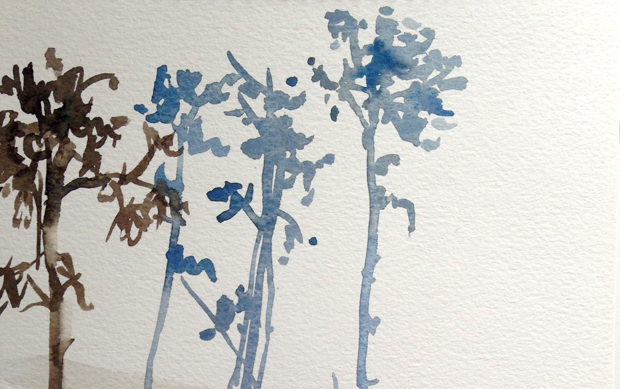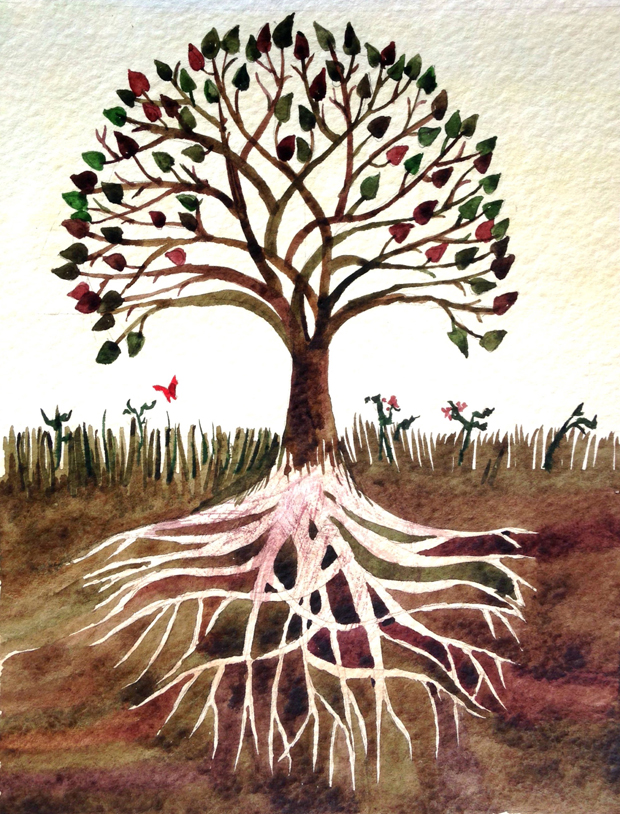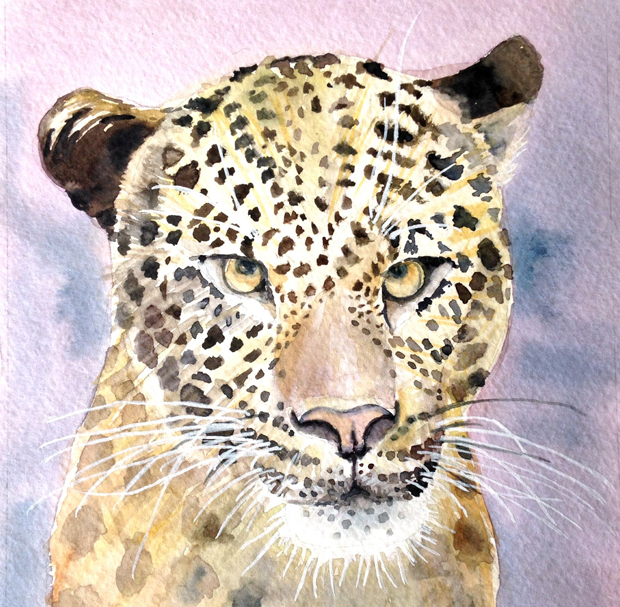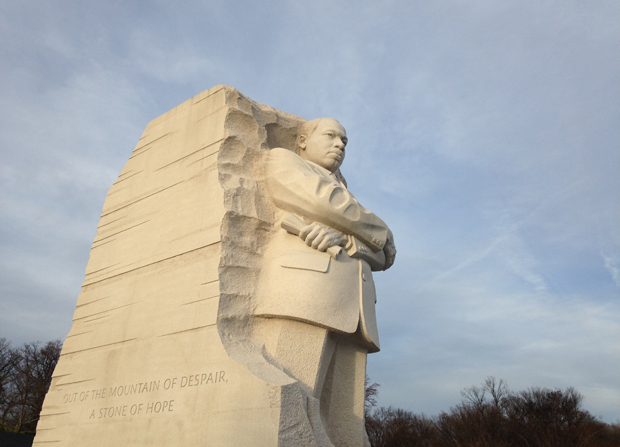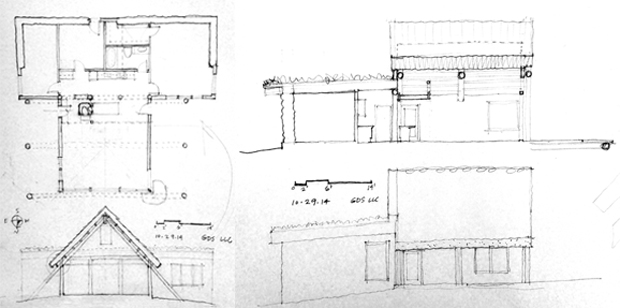I’ve been reading Michelle Alexander’s book, The New Jim Crow: Mass Incarceration in the Age of Colorblindness. It’s a perfect illustration of the threshold between stories. The old stories—of law and order, of command and control, of rich versus poor, of white versus black—are exposed through vivid facts, stories, and history as unfair and inadequate, manipulative and destructive.
Everyone has the power to conjure the stories that we so desperately need now, particularly when it comes to the gulf between people of means and those in poverty, white privilege and the oppression of people of color. Alternative stories are recognizable for their humanity, their appeal to empathy, connection, and belonging.
In “Straight Outta Compton,” Dr. Dre, Ice Cube, Eazy E and their friends are taking a break outside the record studio in Torrance, where they are producing their second album. The police roll up and get to work harassing and humiliating them in a practiced way, assuming they are gang bangers and dope slingers. The musicians’ protests are met not with respect or the benefit of the doubt, but with threats of further harm. It’s a clear dramatization of the power-over dynamic enabled by the war on drugs. The militarized tactics of police rely on the logic of old stories. Continue reading

